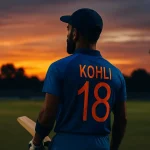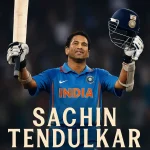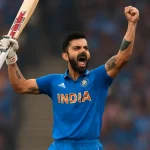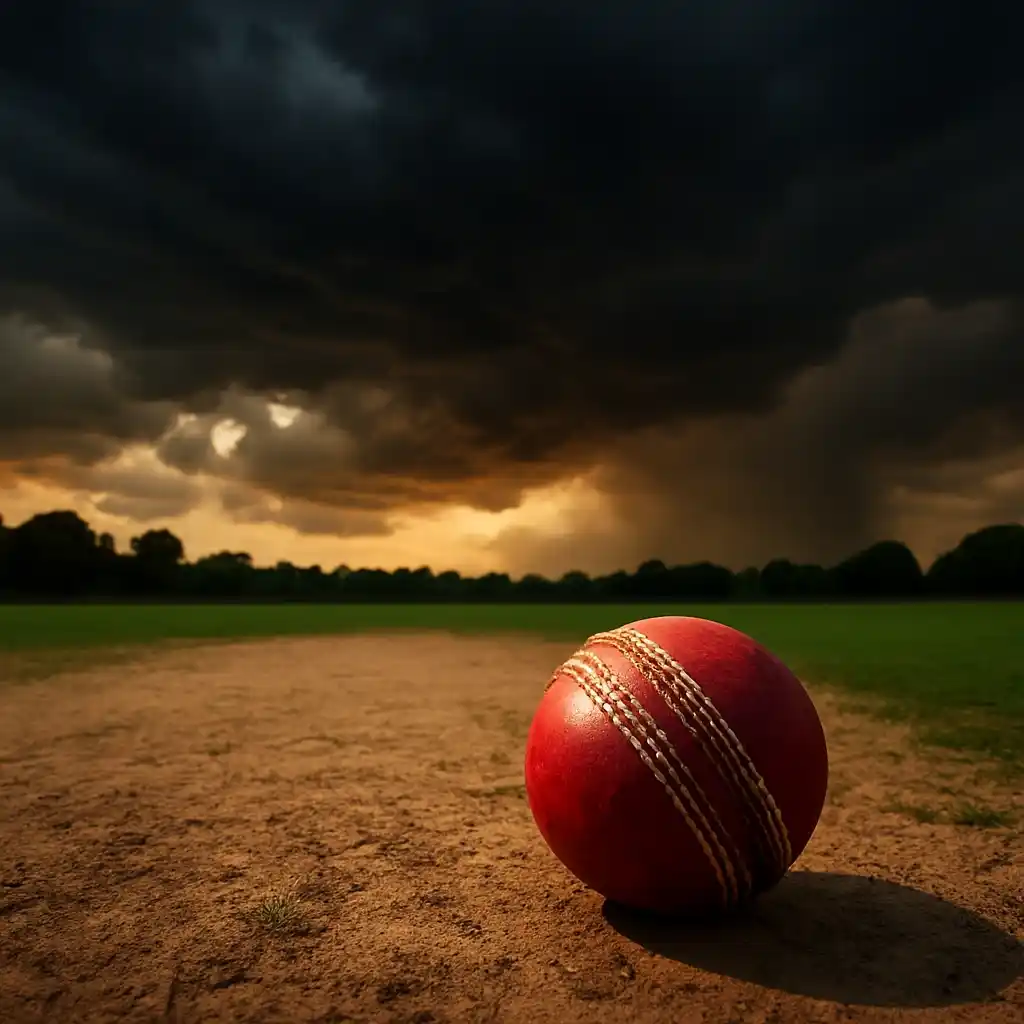
In a game where centuries and five-fors grab the spotlight, there’s something quietly mythical about a hat-trick. Three wickets. Three balls. Boom, boom, boom — and a ripple across the stadium that feels like a jolt.
Now stretch that to four wickets in four balls.
That’s not just rare. That’s seismic.
Some call it a “double hat-trick.” Some cricket purists scoff — technically, it’s not. But in the language of fans, emotion beats semantics. And when a bowler rips through four men in four deliveries, nobody’s checking definitions. They’re screaming. Or stunned silent.
So, let’s settle the confusion.
What is a double hat-trick? How many wickets does it really involve? And who are the men who’ve pulled it off when everything — rhythm, courage, chaos — clicked perfectly?
The Real Definition: Not Just a Fancier Hat-Trick
A hat-trick is simple: three consecutive wickets by the same bowler, across legal deliveries. No runs in between. No extras. Clean and brutal.
A “double hat-trick,” despite the playful name, usually refers to four wickets in four consecutive balls, all by the same bowler. Not spread over two overs. Not with a run or a wide in between. Pure — uninterrupted — carnage.
It’s not an official ICC term. But in cricketing circles, the meaning is clear: four victims, four bullets.
And yes — it’s rare.
Why Is It So Rare?
Think about it. A hat-trick already demands a perfect storm: pressure, momentum, skill, maybe a bit of panic in the opposition. But four? That’s a collapse folding in real time.
You need:
- The third wicket to set the fuse.
- The fourth to detonate the crowd.
And you usually need it to happen in shorter formats — where desperation leads to poor shot selection, or in Tests when tailenders pile up. Even then, four-in-four is lightning in a bottle.
In over a century of international cricket, it’s happened just a handful of times. That should tell you everything.
Four Wickets in Four Balls: Not Just a Stat, A Statement
Here’s what separates a double hat-trick from just “good bowling”:
It happens fast. Players barely settle. Batsmen don’t have time to adjust. The atmosphere shifts — and a bowler becomes a force of nature.
Take a look at some of the most iconic examples:
| Player | Team | Opponent | Format | Year | Notable Detail |
| Lasith Malinga | Sri Lanka | South Africa | T20I | 2019 | Four wickets in four balls — clean bowled two |
| Rashid Khan | Afghanistan | Ireland | T20I | 2019 | Turned the game upside down in 18th over |
| Andrew Flintoff | England | West Indies | Test | 2009 | Three quick ones, then cleaned up the tail |
| Al-Amin Hossain | Bangladesh | Zimbabwe | ODI | 2014 | All LBWs — pure accuracy |
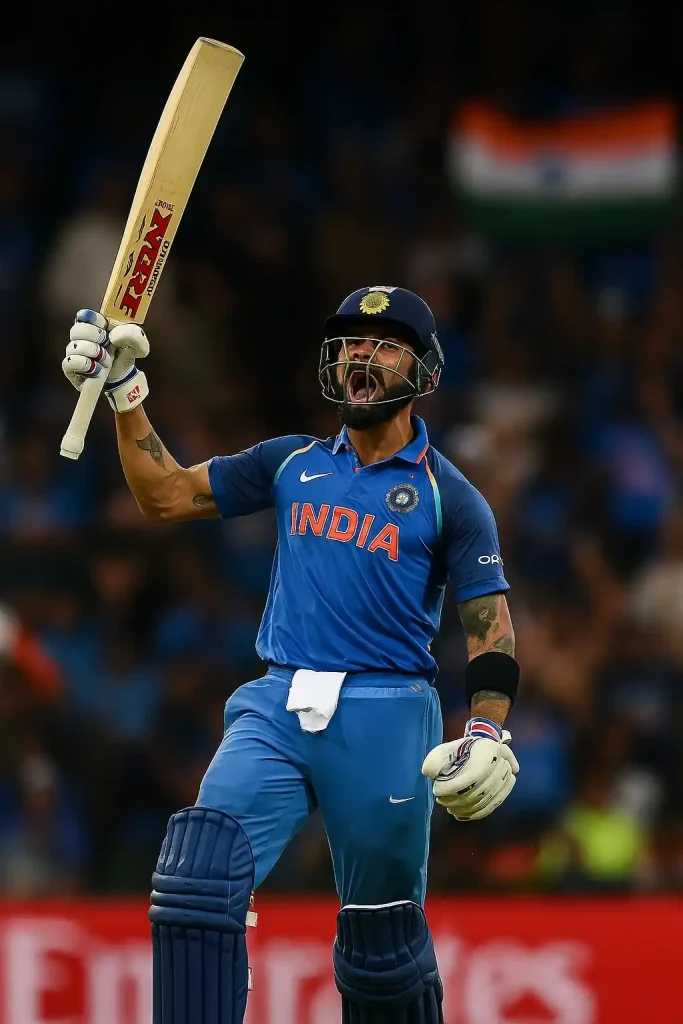
Each of these wasn’t just a stat sheet anomaly. They were match-altering moments. You felt it. You remember them.
So… Why Call It a “Double” Hat-Trick?
This one’s a bit murky. Cricket doesn’t officially recognize the term “double hat-trick” in rulebooks. But language is shaped by fans — and this term stuck.
Some argue:
“A hat-trick is three. So two hat-tricks should be six wickets in six balls.”
Technically? Maybe.
But four in four is so improbable, so thrilling, it demands a name of its own. And “double hat-trick” has the punch — the rhythm — to match the moment.
What About Six in Six?
That’s unicorn territory.
There are no known instances of six wickets in six balls at the international level. In domestic circuits? A few obscure tales exist — but it’s cricket folklore, not fact.
Even five in five is extremely rare. And the pressure rises exponentially with each delivery. By ball number five, crowds are on their feet, the batter’s shaken, and the bowler? He’s trying not to think about what’s happening.
The Crowd Factor: You’ll Know It When You See It
Here’s the thing — you don’t need a rulebook to spot a double hat-trick.
When it happens, you feel it.
It’s the moment when commentators forget their stats.
When fans go from cheering to shouting to simply gasping.
When the non-striker doesn’t make eye contact.
When the umpire raises that finger again… and again… and again… and again.
It’s not just cricket. It’s theatre.
Final Over: Why Even Virat Kohli Isn’t Safe From Cricket’s Rarest Storm
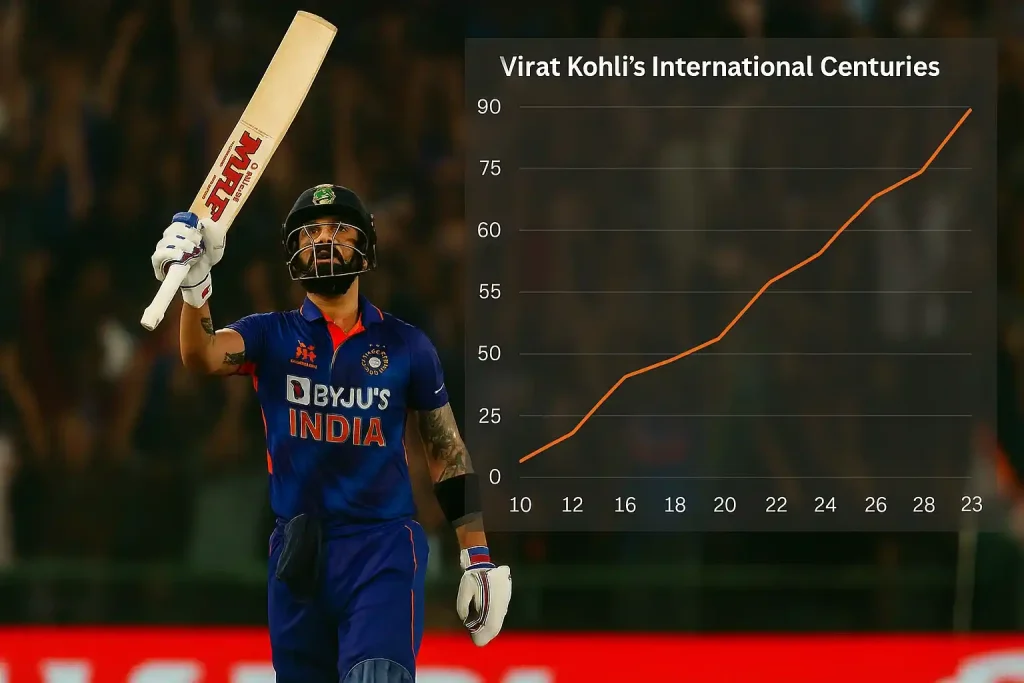
There’s a reason a double hat-trick feels more like folklore than fact. It’s rare. It’s chaotic. It bends the game in a way that stats can’t fully capture.
Even a giant like Virat Kohli — with his footwork, reflexes, and mental game — wouldn’t be immune if caught in the right spell at the wrong time. That’s what makes it beautiful. The game, for all its planning and precision, still makes space for the impossible.
And when that space opens, bowlers step in — not just to dismiss, but to shock.
Because cricket, at its wildest, still remembers how to bite.

Meet Arjun Kushaan, a passionate cricket analyst at The Cricket24x7. From street matches in his childhood to competitive college tournaments, cricket has always been a central part of Arjun’s life. With a strong background in data analysis and a natural affinity for numbers, he brings a fresh, analytical lens to the game. At The Cricket24x7, Arjun blends his deep love for cricket with his data-driven approach to deliver detailed insights and well-rounded coverage for fans of the sport.


